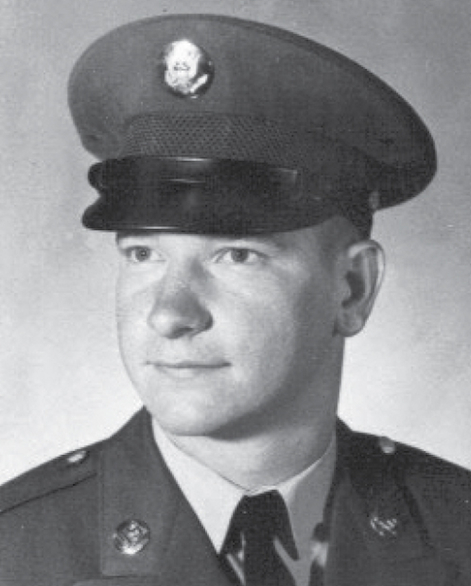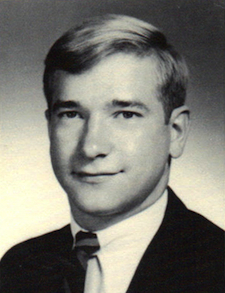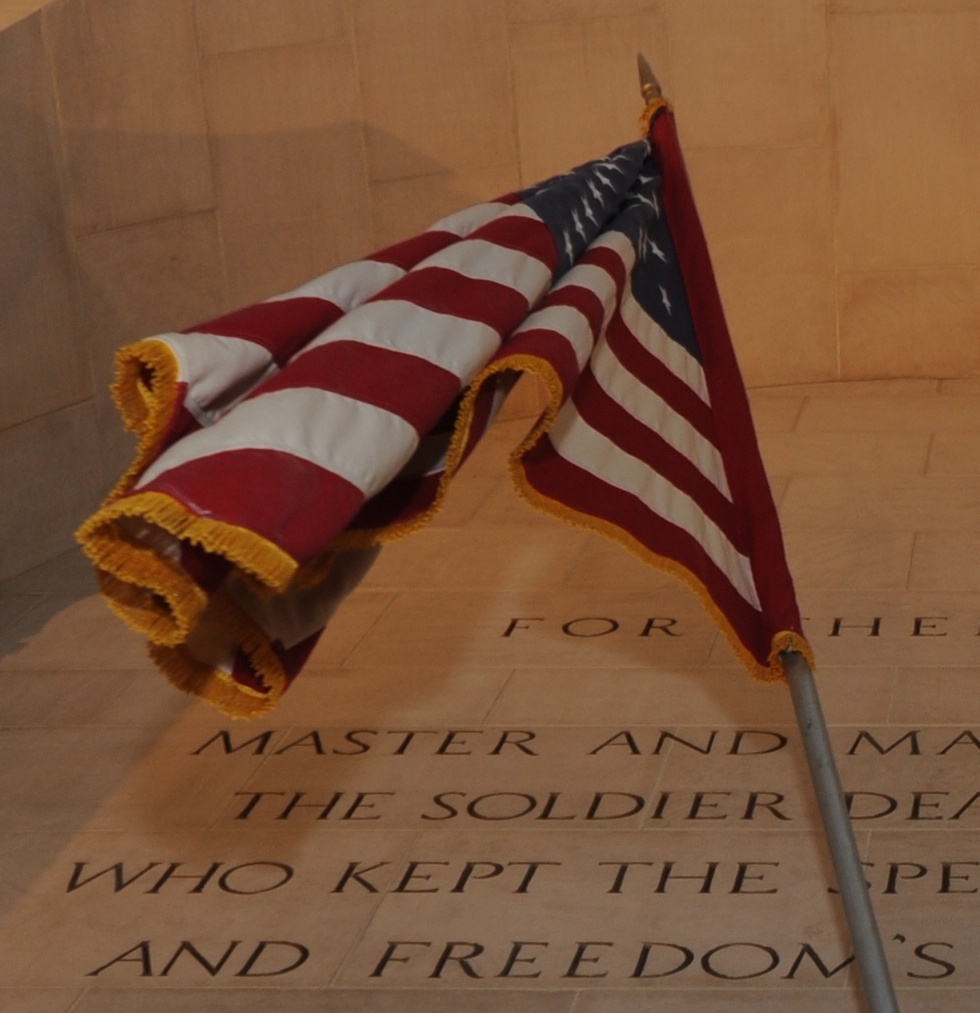
AMES, Iowa — An Iowa State University alum from Glidden, who went missing in action during the Vietnam War and is believed to have died in captivity, will be honored by the university on Veterans Day.
Pfc. Donald Lee Sparks went missing in action on June 17, 1969, in Quang Tin Province, South Vietnam. About 10 years later, a military tribunal ruled that he died in captivity, although an investigation into his disappearance continued well into the 1990s. Sparks was 22 at the time of his disappearance during battle.
Sparks and four other former students who died in military service will be remembered during Iowa State’s Gold Star Hall Ceremony, 3:15 p.m. Tuesday, Nov. 11, in the Memorial Union Great Hall. It is free and open to the public.
Iowa State has been able to memorialize Sparks with help and materials from his sister Esta Raasch, Carroll.
Accepting the call

Donald Lee Sparks was born on Nov. 7, 1946, to Calvin and Arloha Sparks, who farmed southwest of Glidden. The third of four children, he followed brothers Ronald and Russell, and was a big brother to sister Esta.
Sparks was active in the FFA and 4-H. He was a popular and a better-than-average student at Glidden-Ralston Community High School. Following graduation in 1964, Sparks attended Iowa State, earning a degree in farm operations management in 1968. He had attended the university on a draft deferment, but when the Army called him up, he accepted.
Sparks was assigned to 1st Platoon, Company C, 3rd Battalion, 21st Infantry, 196th Infantry Brigade, Americal Division, then serving in Vietnam. Although he had broken his ankle during Basic Training, he was sent to Vietnam anyway.
MIA
On June 17, 1969, Cpl. Larry A. Graham and Sparks, whose ankle still hadn’t healed completely, were point men when their company was ambushed near Chu Lai, Tien Phuoc District, Quang Tin Province. Witnesses indicated that both men were hit and fell to the ground. As the remaining members of the patrol withdrew, they observed North Vietnamese Army personnel stripping Sparks of his clothing and weapon. Because of heavy enemy fire, no one could reach the area where they lay for almost 12 hours. Several platoon members believed both men to be dead.
Air strikes were requested. Napalm and bombs were dropped on the enemy position. Another attempt was made to reach the bodies, only to be thwarted again by the enemy. On June 18, a recovery group reached the site, but was unable to locate Sparks' remains. They spent the remainder of the day digging near a bomb crater where witnesses had last seen Sparks. Graham's remains were recovered, and it was believed that Sparks' body had been destroyed by the air strikes. However, with no positive evidence of death, Sparks was initially listed as missing in action (MIA).
POW
On May 17, 1970, American soldiers found two letters from Sparks on the body of a Viet Cong soldier killed near Chu Lai. The letters were dated April 11 — 10 months after his disappearance. One letter to his parents included information that only Sparks could have known, like his Glidden bank account number. He also wrote that he was wounded in the foot and head.
A report from the 8th Military Personnel Group crime lab conclusively proved that Sparks wrote the letters. Six months later, Sparks' official status was changed to prisoner of war (POW) and his rank was upgraded to sergeant. On Sept. 19, 1973, a Vietnamese Army returnee stated that a U.S. POW entered a POW camp in February 1970 using a stick for support because his feet and legs were bruised. Allegedly, the POW later contracted beriberi and is reported to have died in June 1971. This report was correlated to Sparks.
In 1973, when 591 Americans were released, Vietnam denied any knowledge of Sparks. He was one of nearly 3,000 Americans who did not return.
Apparently, Sparks was never held with any returning American POWs. Studies of the Vietnamese prison system indicate that those POWs who returned had all been held together, moving from camp to camp within the same system, but that other systems probably existed.
Died in captivity?
On Nov. 5, 1979, because nothing had been heard of Sparks for nine years, a military tribunal once again ruled that he was dead, only this time he was listed as having died in captivity. However, government documents report a list of possible sightings, and an investigation into Sparks’ disappearance ran well into the 1990s.
“Previous investigations indicate that Pfc. Donald Sparks was alive in January/February 1970, when was taken from the field hospital where his wounds were treated,” Sparks’ Army file says. “… What happened to Sparks after he left the field hospital remains unknown.”
Even more compelling evidence that Sparks was alive for years after the fire fight came from a nurse in a Vietnamese hospital. She said that Sparks’ blood was used for transfusions for North Vietnamese soldiers, and her report was corroborated by a North Vietnamese officer.
However, in 1973, American POW Maj. Harold Kushner and two other released POWs stated that in the spring of 1970, while en route to a new detention camp near the location where Sparks was lost, their Vietnamese interpreter and guard said that a U.S. POW named Don was to join them, but had been moving more slowly because of foot wounds. But "the soldier named Don" never joined the other Americans.
The Sparks family has been in contact with the U.S. Department of Defense since Sparks' disappearance. And they have learned a few facts regarding his time as a POW, including a story of how he escaped a camp with white sheets to make a “HELP” sign, but was recaptured a few days later. They’ve also been told that he would “get to a window” every time a plane went by, and that officers from the hospital where he was held related that he made them nervous, so they decided to move him from that hospital to a POW camp with other Americans. And this is where the trail of Sparks’ fate disappears.

